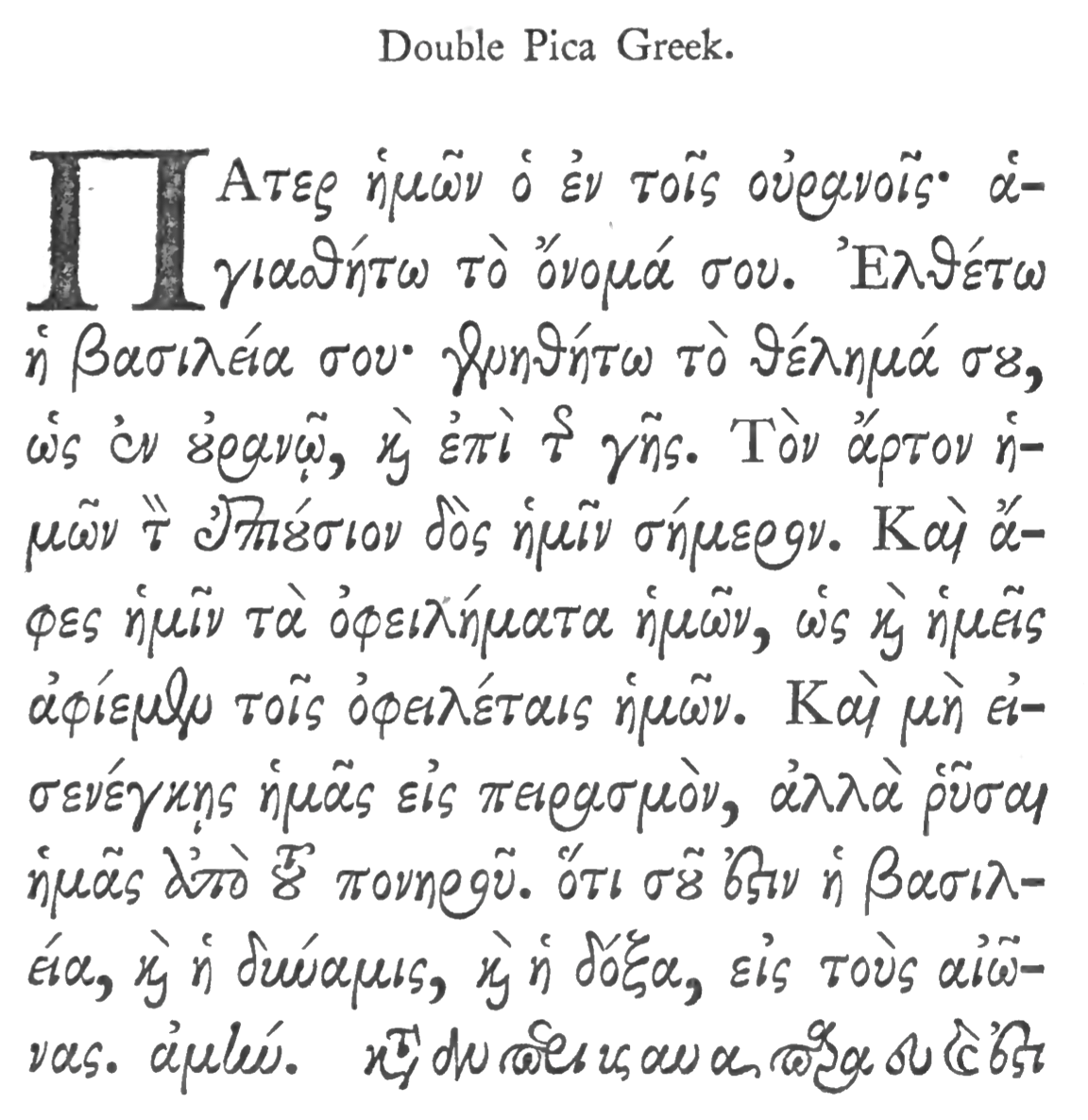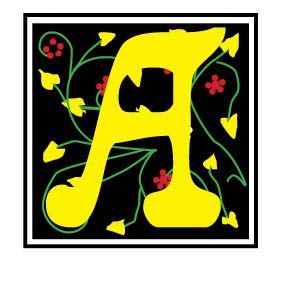Font Management in Mac
If you are like many users, you will soon be overwhelmed by the wealth and number of fonts in your font system folder. This is where a Font Management tool comes in handy. Such a tool helps you organize, specify and use a limited number of fonts for specific projects. It also helps to identify font conflicts, badly designed or corrupted fonts or fonts that simply do not work anymore.
SUITCASE. A premier font management tool is Suitcase Fusion (www.extensis.com). This tool has served font and design professionals over the years with expert and solid font management. The modern name is "Suitcase Fusion," version 22.x. This tool helps the user to install Adobe fonts directly into the Extensis files, auto-activates fonts in Adobe's Creative Cloud, drag and drop fonts into Affinity Designer, Photo and Publisher on the PC. It finds and compares fonts on the list view. The modern iteration works on the newer Macs M1. There is a free trial offered.
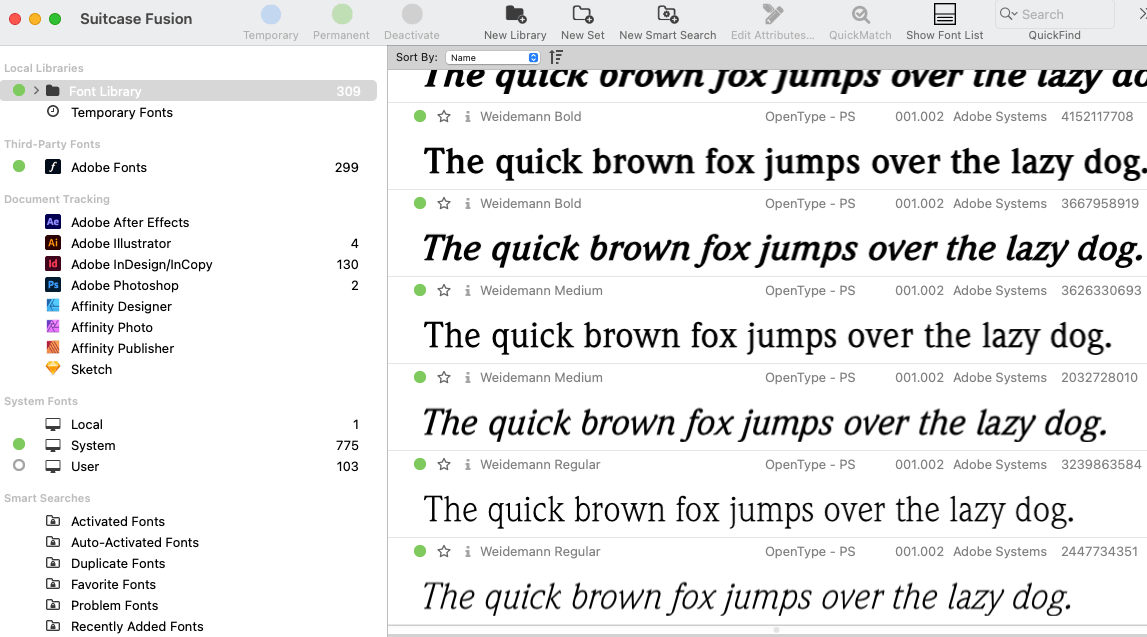

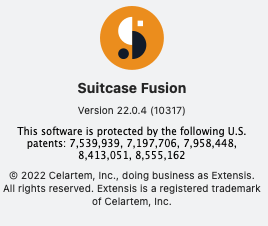
Older Mac Systems
As my readers know, I use a number of older Macintosh systems for archived software use. Extensis Suitcase Version 10 is what I use on these systems as well. Suitcase Strip puts font management on the Control Strip of Mac OS 9, and a "Collect for Output" function allows users to send their fonts with the projects to a printer. Suitcase on these older machines requires a PowerPC processor, OS 8.6 or newer and 32MB of RAM. The program also includes LemkeSoft's FontBook, a font preview utility (See below.)
The downside is working with Adobe's Type Manager (ATM). ATM Deluxe does not work in Mac OS 9.2.2 with Suitcase. However, ATM Light 4.6.2 or 4.6.2a is necessary for smooth font previews, since Suitcase has no smoothing option. Adobe Type Manager (ATM) Light is a system software component that automatically generates high-quality screen font bitmaps from the PostScript outlines in Type 1 or OpenType format. ATM Light was discontinued in 2005, but Adobe still makes it available for customers who require it for older operating systems. With ATM Light, you can scale your fonts on legacy systems without the characters appearing jagged, and you can also enable "font smoothing," which further improves the appearance of your fonts onscreen by using your computer monitor's color palette to intelligently improve the rendering of characters. ATM Light also allows you to print PostScript fonts on non-PostScript printers. You may have to hunt and search for ATM Light version 4.6.2, but a good place to start is Macintosh Garden (macintoshgarden.org) and Macintosh Repository (macintosh repository.org). See the examples below.
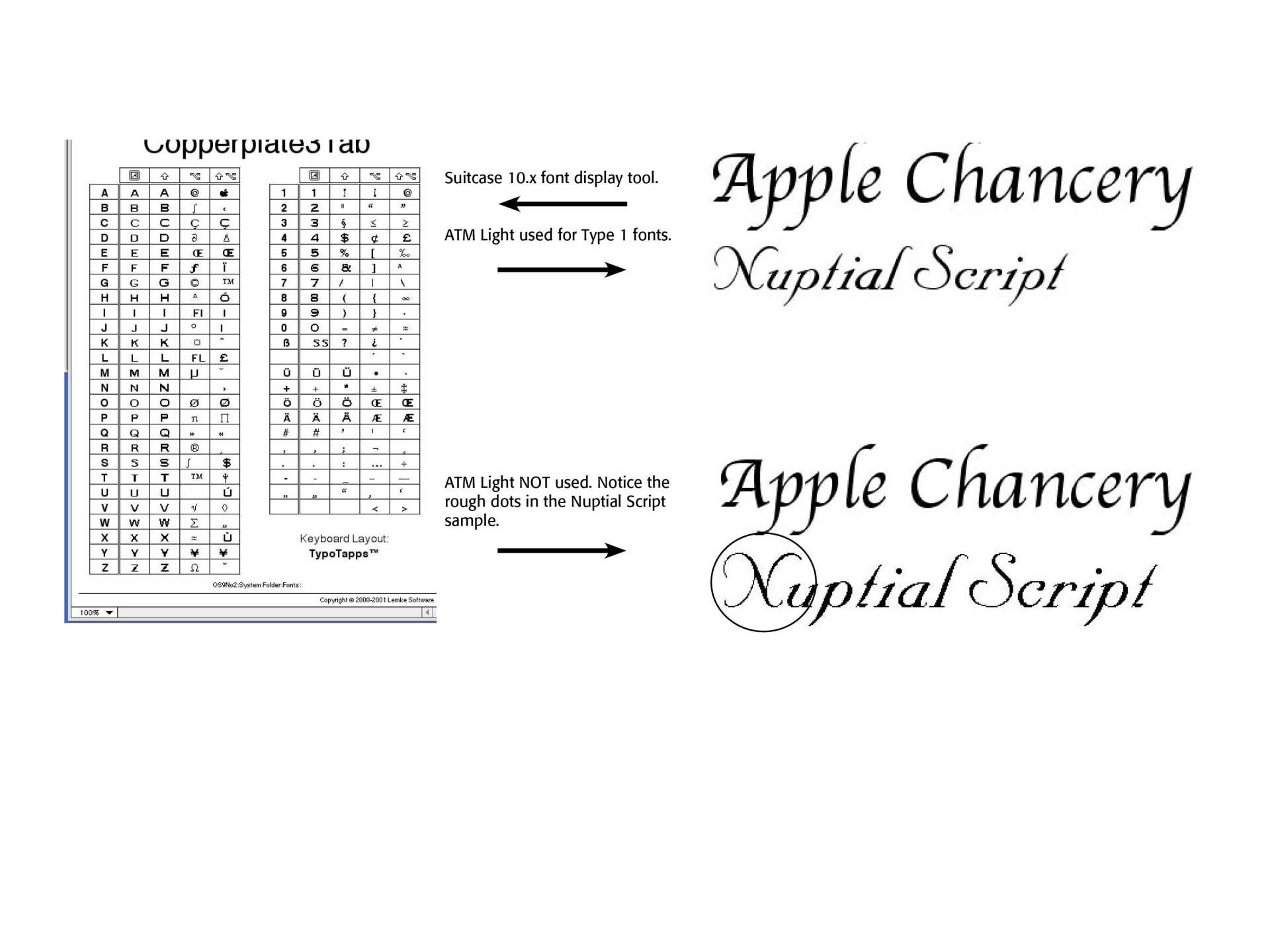
Successful Layout & Design
